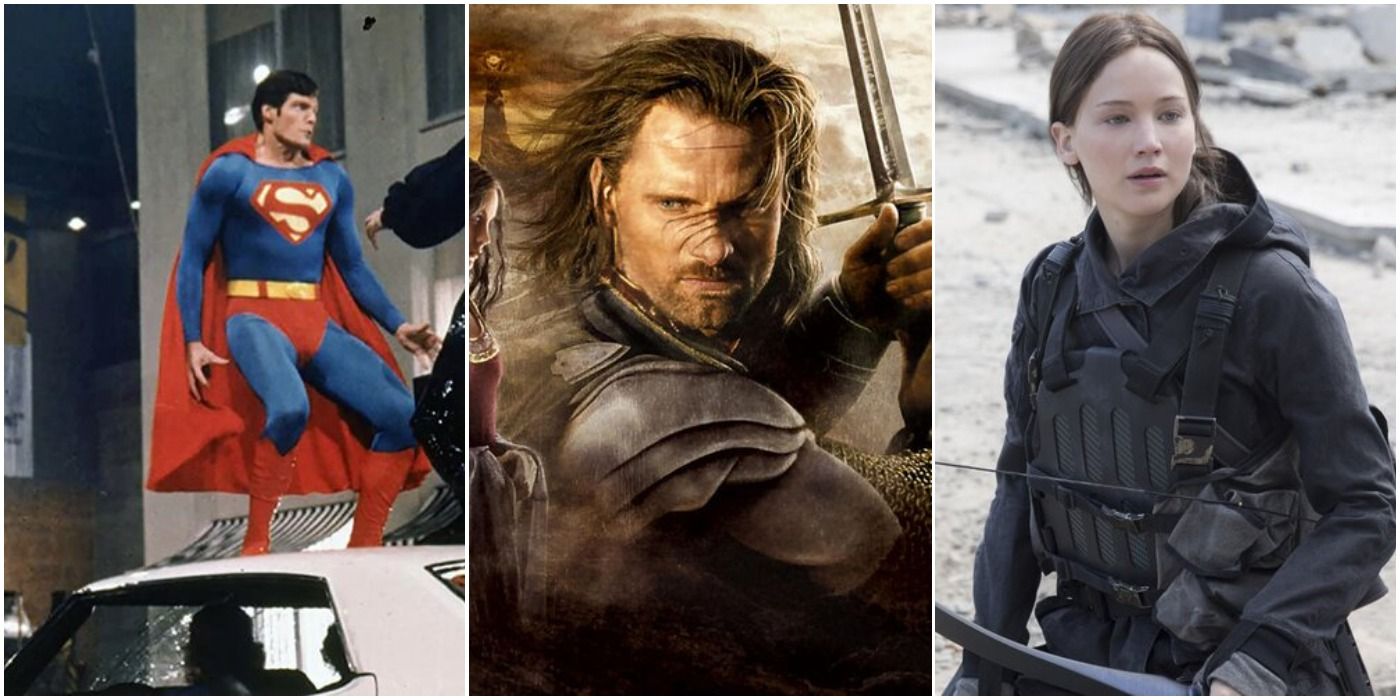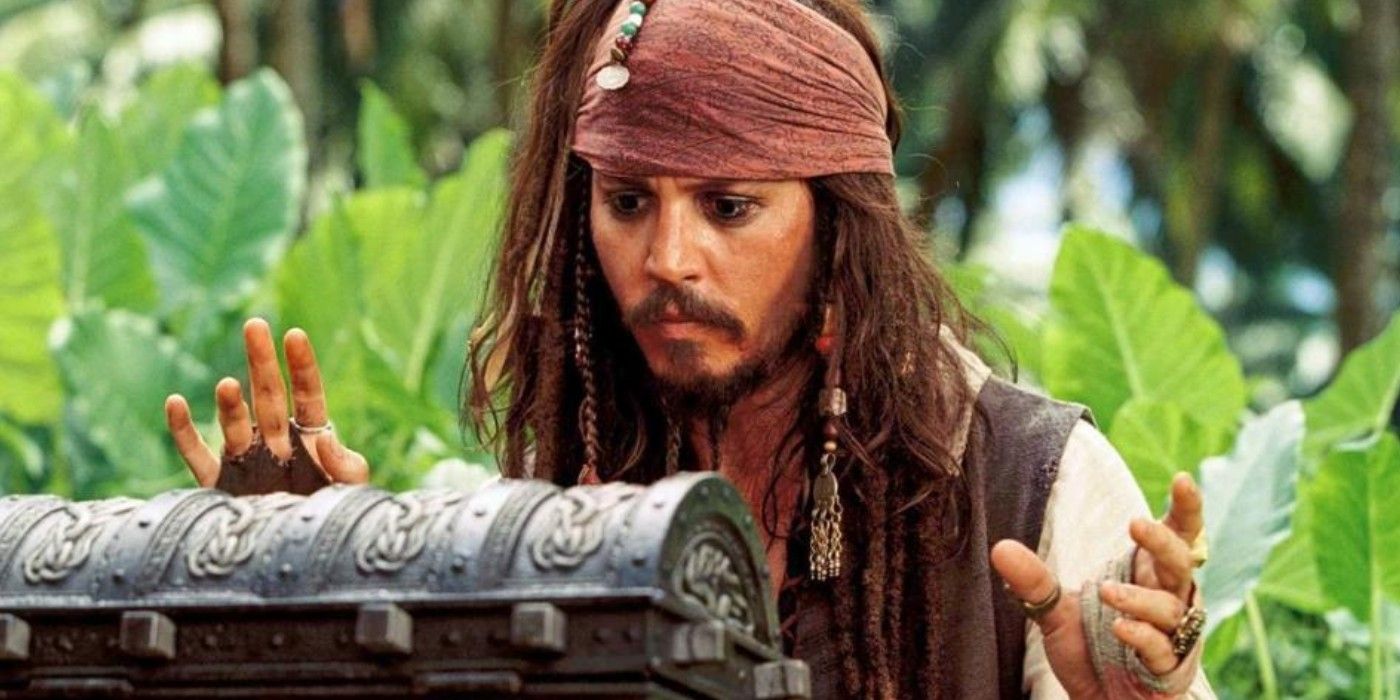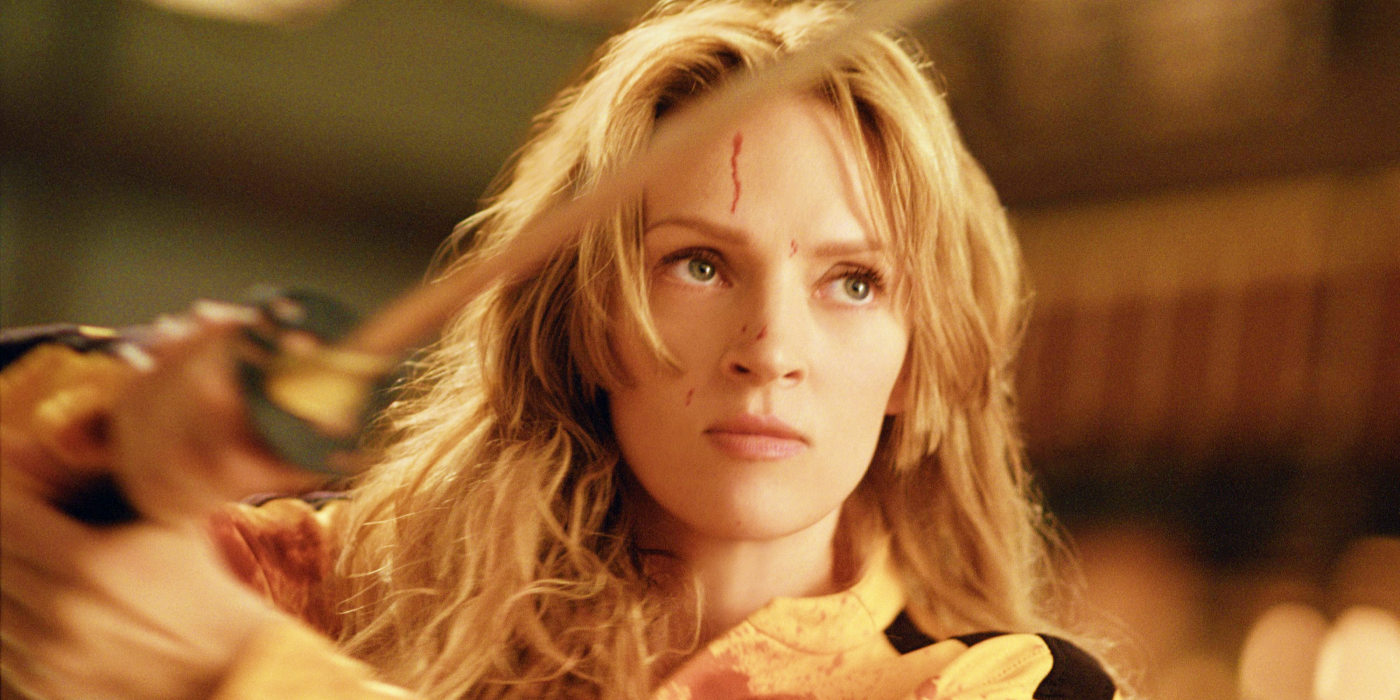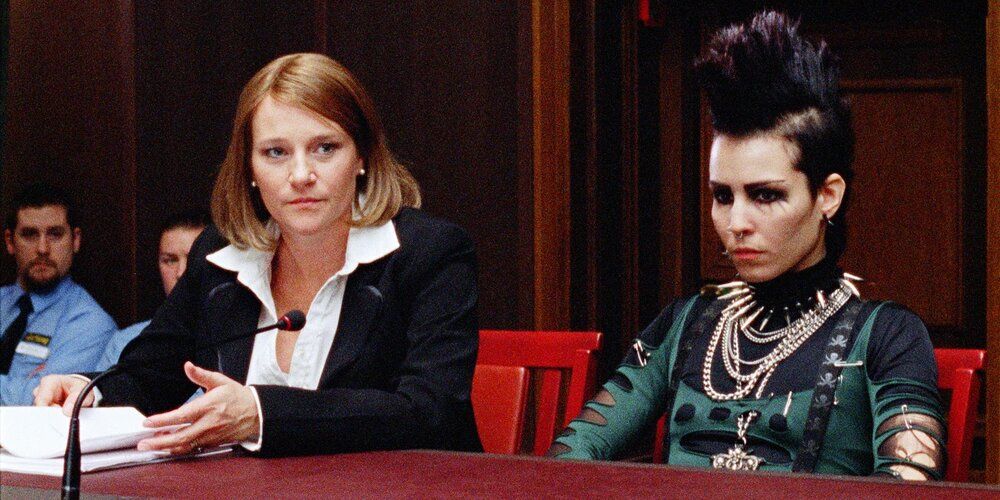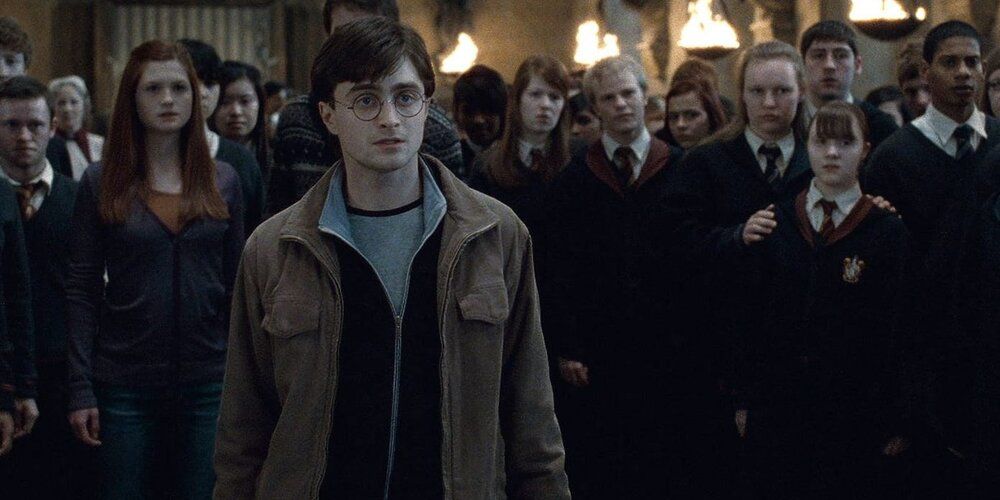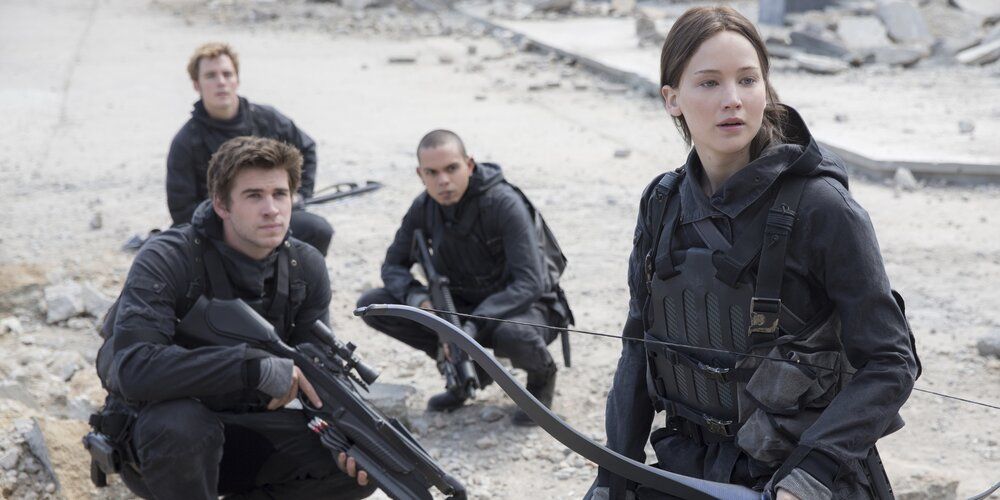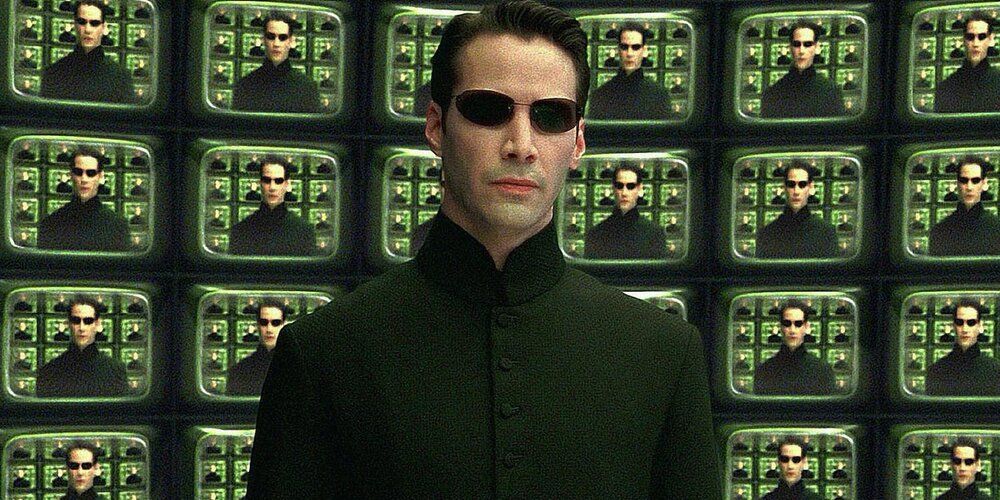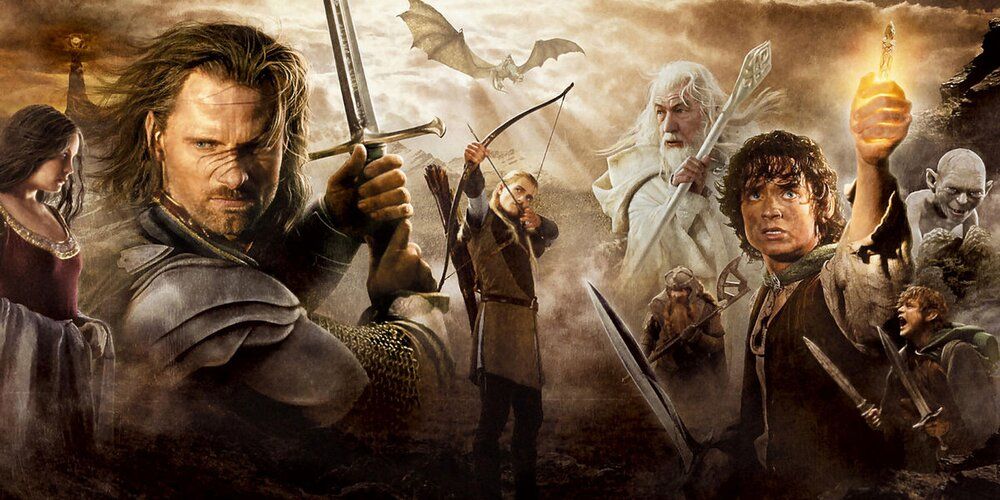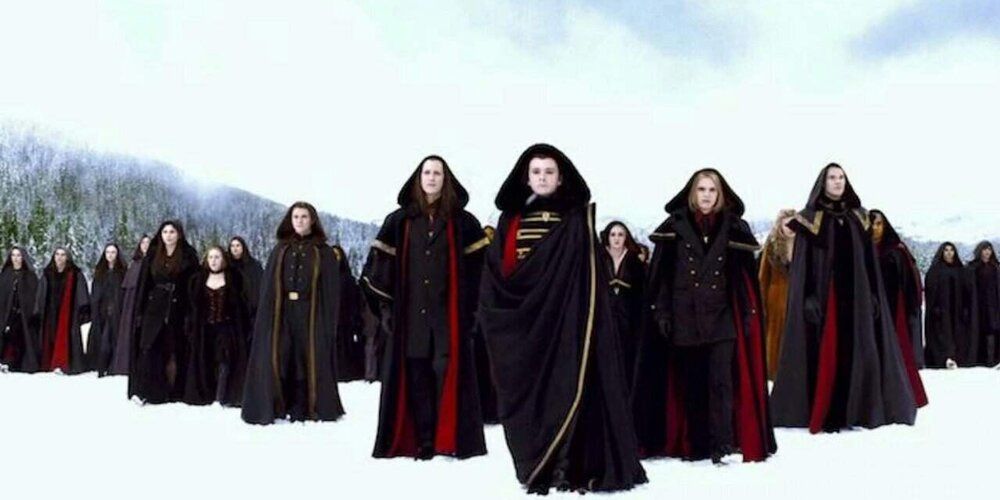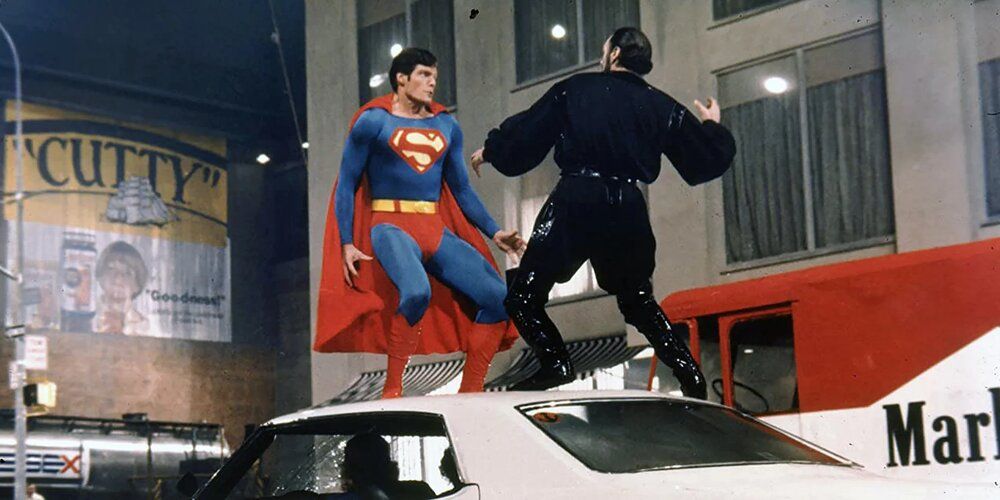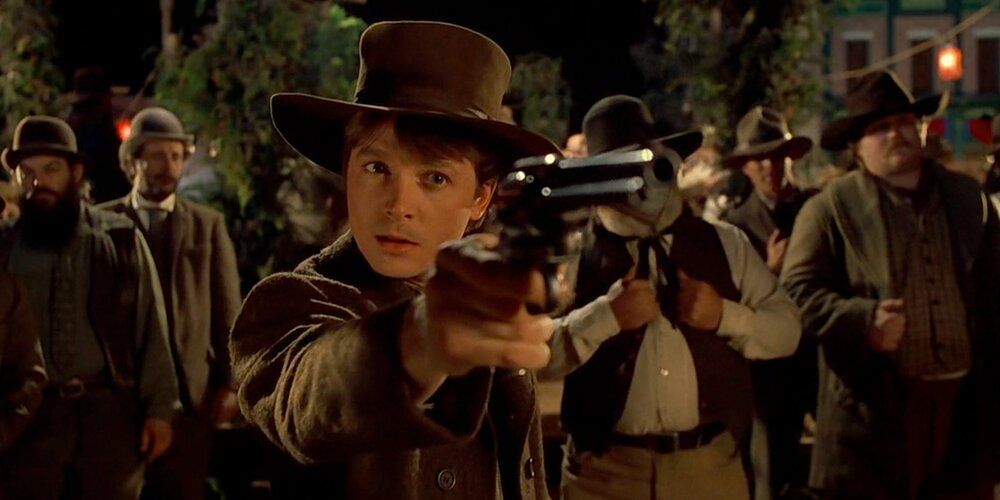There are several reasons why a studio or crew might make the unorthodox decision to film two films at the same time or at least back-to-back across one shoot, rather than the more traditional process of shooting, wrapping up, and then shooting the second later.
For one thing, it's cheaper, removing the need to store or rebuild props and sets; the need to rehire cast and crew; and any other expenses that may be incurred from pausing filming. For another, it allows the films to be finished and produced more quickly, useful if a studio wants to capitalize on hype. As a result, several films across various series have been shot this way.
10 Dead Man's Chest & At World's End Tell One Story Within The Pirates Of The Caribbean Franchise
A relatively common occurrence is for film trilogies to be shot in this way, with the first film being filmed, produced, and released standalone, and if it is successful, the second and third being filmed at the same time. This avoids some of the risk of the more expensive shoot for two films at once, because the first can act as a predictor for the other two.
Pirates of the Caribbean is a notable example, because after the first film told a nearly completely standalone and finished story, the second and third run directly from one to the other. In an extreme example, Dead Man's Chest lacks any real resolution, with only Jack and Norrington getting some form of denouement and most of the storylines just pausing.
9 Kill Bill Vol. 1 & 2 Were Originally One Long Film
Another common reason for two films to be filmed at the same time is that they were initially one film, but the decision to release them as two was either made during filming, or in post-production.
The reason for this is usually the film being too long or too disjointed, and the former occurred in Tarantino's Kill Bill. Once principal photography wrapped on Kill Bill, Tarantino realized that there was over four hours of material. Even his indulgent nature didn't release a film of that length, and instead, the film was released as Volume 1 in 2003, and Volume 2 in 2004.
8 The Millennium Series Had Two Films In Two Months
After the success of the Swedish version of The Girl with the Dragon Tattoo, adaptations of the next two films in the book series, The Girl who Played with Fire and The Girl who Kicked the Hornet's Nest, were filmed back-to-back— and nearly released in that way, with just two months between their release dates.
Unusually, one was better-received than the other, with The Girl who Kicked the Hornet's Nest receiving mixed reviews compared to the other's positive, despite being filmed as one block.
7 Harry Potter & The Deathly Hallows Began A YA Movie Trend
In the late 2000s and early 2010s, a common feature among film adaptations of YA novels was for the final novel to be split into two films. Some attributed this to the tendency of the final novel of these series to be longer or more epic, and others attributed it to a desire to sell twice as many tickets.
The first high-profile example came in Harry Potter and the Deathly Hallows, a single book that was shorter than some in the series. Its film adaptations, despite being filmed simultaneously, were released as two films a year apart— with the first coming in 2010 and the second in 2011.
6 Both Parts Of Mockingay Received Criticism From Hunger Games Fans
Another example of the YA trend, the third book in the Hunger Games trilogy, Mockingjay, was also filmed simultaneously, but released as two films. The first focused on the attempts of the rebels to rescue Peeta and ignite a revolution, whilst the second focused on a more active mission into the Capitol involving Katniss.
Both were received positively, but also received criticism for their plotting and pacing, with some considering them both to be overly padded in an attempt to stretch one book's story over two fairly lengthy films.
5 The Matrix Reloaded Segues Directly Into Revolutions
After the standout success of The Matrix, there was a significant expanded universe effort, with animated shorts, a video game, and two more movies shot in quick succession. While The Animatrix told a collection of stories, the game and the second & third films all told a singular story. Unlike the more spiritually focused first film, the follow-ups revolved around the more physical threat of an attack on Zion.
Both The Matrix Reloaded and The Matrix Revolutions were released four years after the original film, but within six months of each other. Nonetheless, this didn't help many in the audience understand their interconnected and convoluted plots, with neither film reaching critical or fan appreciation on par with the first.
4 The Lord Of The Rings Went One Step Further But Shooting Three Movies At Once
Many studios hesitate to film two films back-to-back, but when it came time for The Lord of the Rings to be adapted into live-action, Peter Jackson convinced New Line Cinema to film all three as one shoot. This mirrors the book, which was conceived by Tolkien as one story, split into three volumes.
The scale of the project was immense, with principal filming taking place continuously over fourteen months, with a budget of over $280 million. Nonetheless, the effort paid off, with the films being regarded as some of the best blockbusters of all time. Filming ahead of time allowed for them to be released in quick succession, whilst filming in sequence could have led to lengthy delays.
3 Breaking Dawn Continued The YA Trend
Another high-profile YA release with the final book split into two films, Breaking Dawn received polarized reviews for its release structure in that the first part was panned, but the second part was better-received. Despite being from the same book and being filmed simultaneously, the two films tell very different stories with somewhat conflicting tones.
The first is a moralistic tale in which Bella Swan grapples with a vampire pregnancy that threatens her life, whilst the second is a more action-oriented piece that focuses on the Cullens rallying allies to prevent them being wiped out by the Volturi. The result was Breaking Dwn: Part 2 being considered one of the saga's better films, but Part 1 being considered the worst.
2 Superman & Superman II Were Filmed Back To Back, But Still Had A Break
Despite being the first two films of a series, Superman and Superman II were shot together by director Richard Donner, perhaps banking on the Superman name to ensure both were successful.
Unusual for this trope, there was still a break in shooting when director Richard Donner fell out with the producers over the film, and ultimately filming was stopped with the majority of the film complete. When it resumed, Donner did not return, and the film was completed with large amounts recut and reshot by Richard Lester.
1 Back To The Future Was Split During Production
Back to the Future was initially envisioned as a single film, before its success and its joke ending created demand for a sequel. The second film in the saga was intended to have four acts, the fourth of which was going to be set in the Wild West of 1885. However, this structure resulted in a film that was both too long and had rushed pacing.
As a result, the fourth act was instead restructured into its own full installment, featuring Marty trying to rescue Doc before he can be shot dead in 1885, and the two were filmed back-to-back. Ultimately, Part III would do better with critics, but Part II's reputation would become more favorable in later years, particularly among adult fans who grew up with the films.

